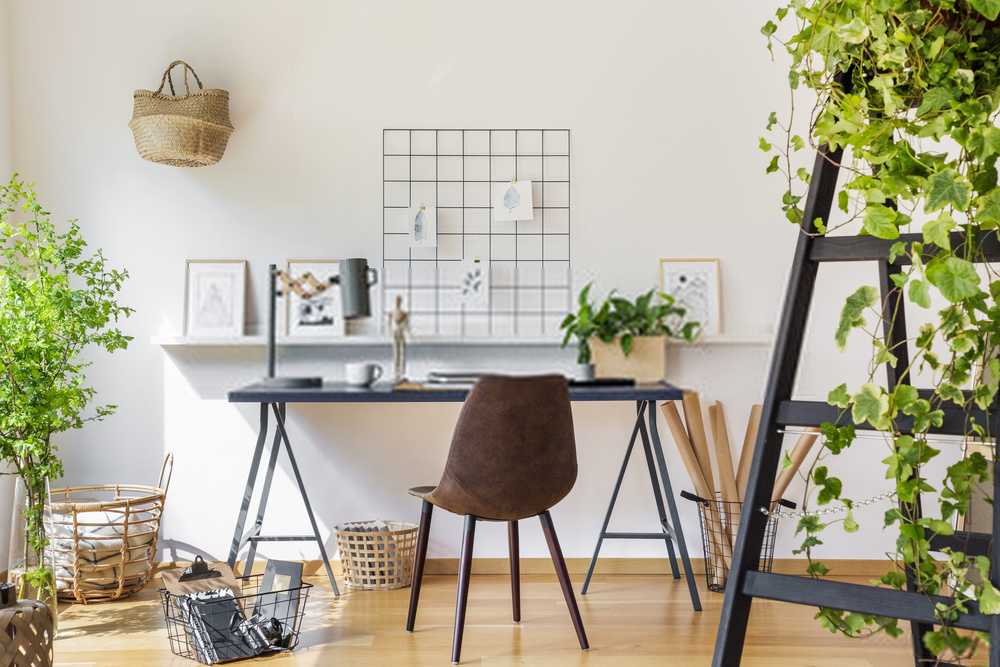Indoor Plant Care Fundamentals
Lights Please!
Plants need light energy to survive. Photosynthesis is a process that enables plants to make use of light, water, and carbon dioxide in producing their food and exhaling oxygen. Naturally, the level of light needed is dependent on the type of plant. So to have a healthy plant, you would have to discover the perfect spot where your foliage friend will be exposed to the required supply of light.
Your indoor plants will look healthier in indirect light. Direct heat from the sun might be too hot for the leaves and may eventually cause them to burn.
On the other hand, if you lack adequate light, then low light plants like the Heartleaf or Peperomia is your best bet. However, you could give them once-in-a-while exposure to sunlight.
Splishy Splashy
Overwatering is a typical aspect where gardeners make serious mistakes. ‘Overfeeding’ your baby plants is the fastest way to kill them – even when your intention is to make them robust.
The big question is: How can you draw the line between ‘overfeeding’ and ‘underfeeding’ your plant?
I will be sharing some useful tips to help you make the balance.
The rule of thumb says give your foliage plants a good drink once weekly. To avoid making the roots waterlogged, it is advisable to allow the soil a bit dry before the next watering. Sounds like making your baby thirsty before they have the next drink. But how do you know when your baby plants are thirsty? Simply dip a finger into the earth inside your potting mix. If you discover the first inch has dried up, then your baby is thirsty – It needs watering.
How to Water
Handling the leaves softly, gently lift them up and pour tepid water in the potting mix – pour slowly until water starts pouring from the drainage at the bottom. Leave for about 30 minutes – for the potting mix to absorb the water – then pour out any excess water.
It is advisable that you regularly inspect your plants –say 3 to 4 days – to know how they are faring. The need for watering may vary; depending on change in temperature. Most indoor plants originate from the tropics and they thrive better with a specific humidity level. In the event humidity gets remarkably low, your foliages might need to be revitalized with a light mist more often.
Watering Cacti and Succulents
These categories of plant need a different watering schedule. Since their leaves have the ability to store water, these succulent kids need less watering. Misting and spritzing is an inappropriate watering method for succulents. The right way to water them is by allowing the soil to get soaked, then completely drying it out before they are given more water. In humid weather conditions, watering bi-monthly or monthly will keep them healthy.
Let’s Talk Feeding
Plants derive their minerals from their potting mix, water, and air. Sunlight nourishes and energizes them. Don’t bother yourself too much about fertilizing them immediately as plants that come from us have an organic fertilizer mixed with our soil.
But if you want to spoil your baby plants to some extra treats [nutrients], here are helpful tips:
Use Slow Release Fertilizer
This is best for indoor plants – particularly the organic variant. To be on the safer side with liquid fertilizers, it is recommended that you dilute a little more than it is instructed on the label. This is to avoid making a solution that is too harsh for your indoor plants. You can increase the fertilizer portion as you get used to the formula. Osmocote and other slow release fertilizers are sprayed on the soil causing nutrient leaching for a period. Normally, this exercise ought to be repeated in 4 to 6 months interval – however, see product label for specific timing.

